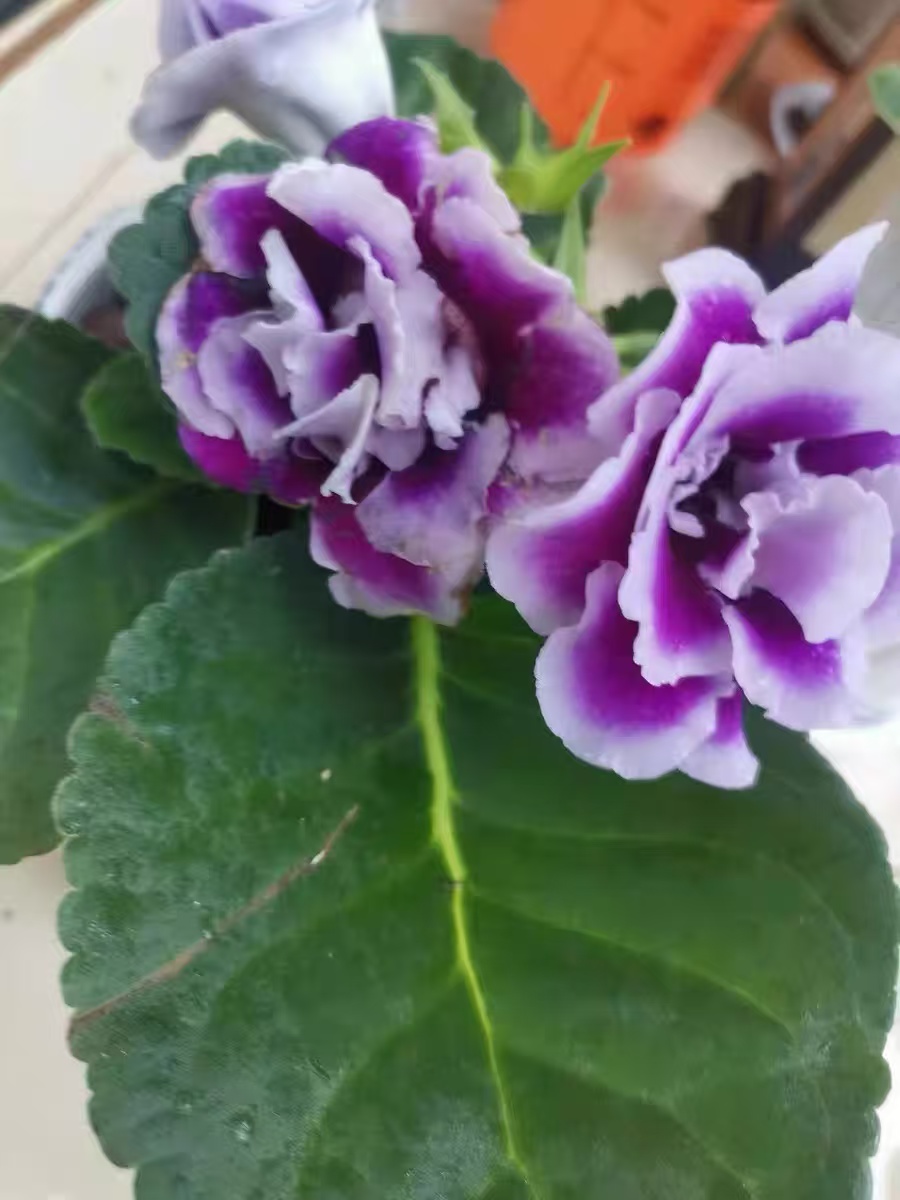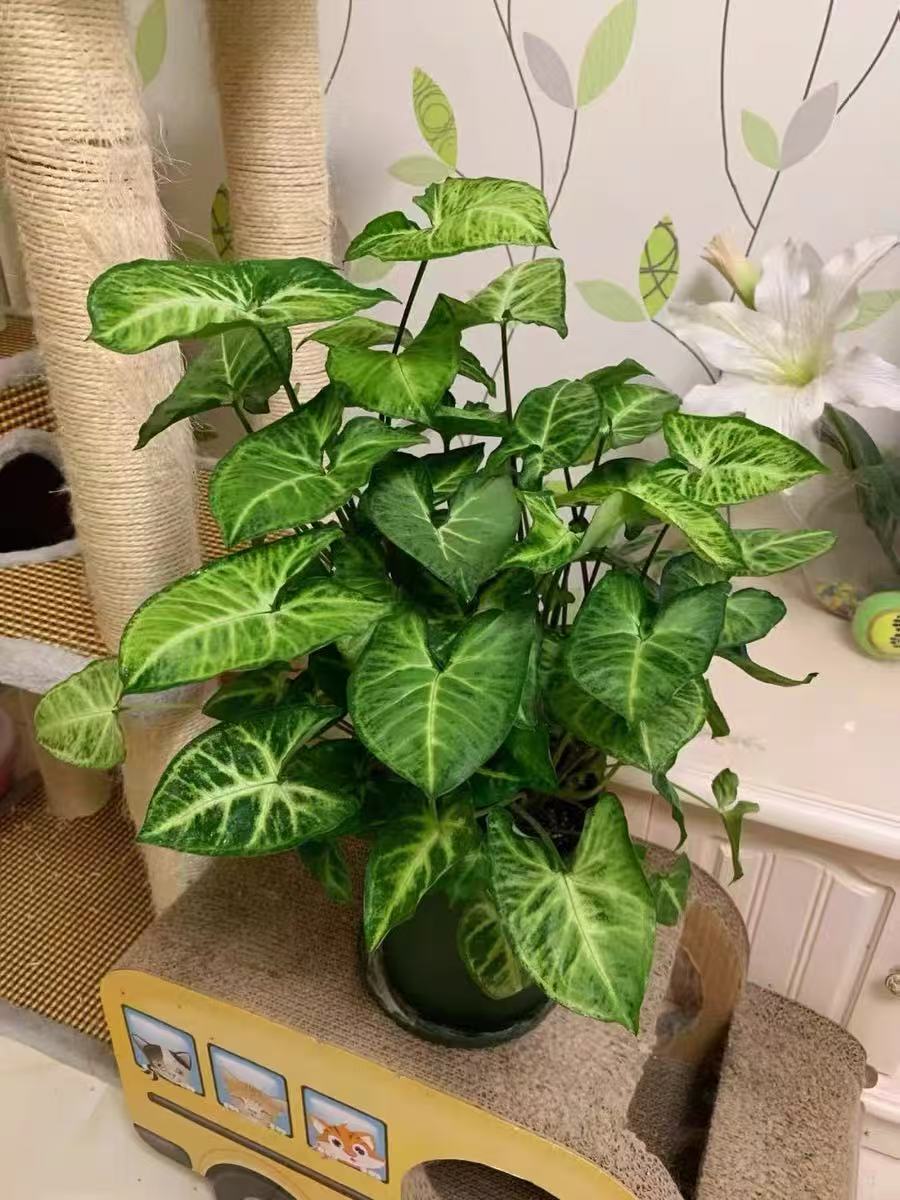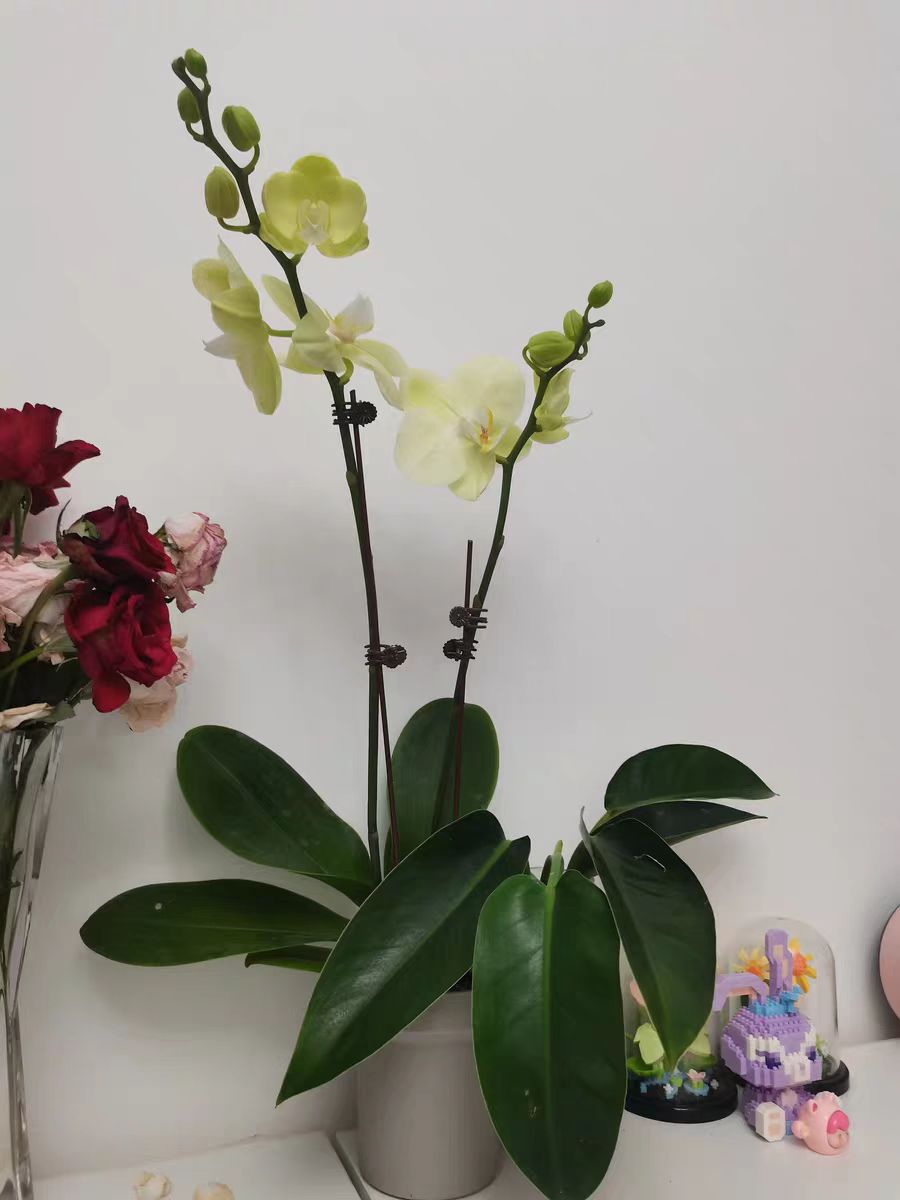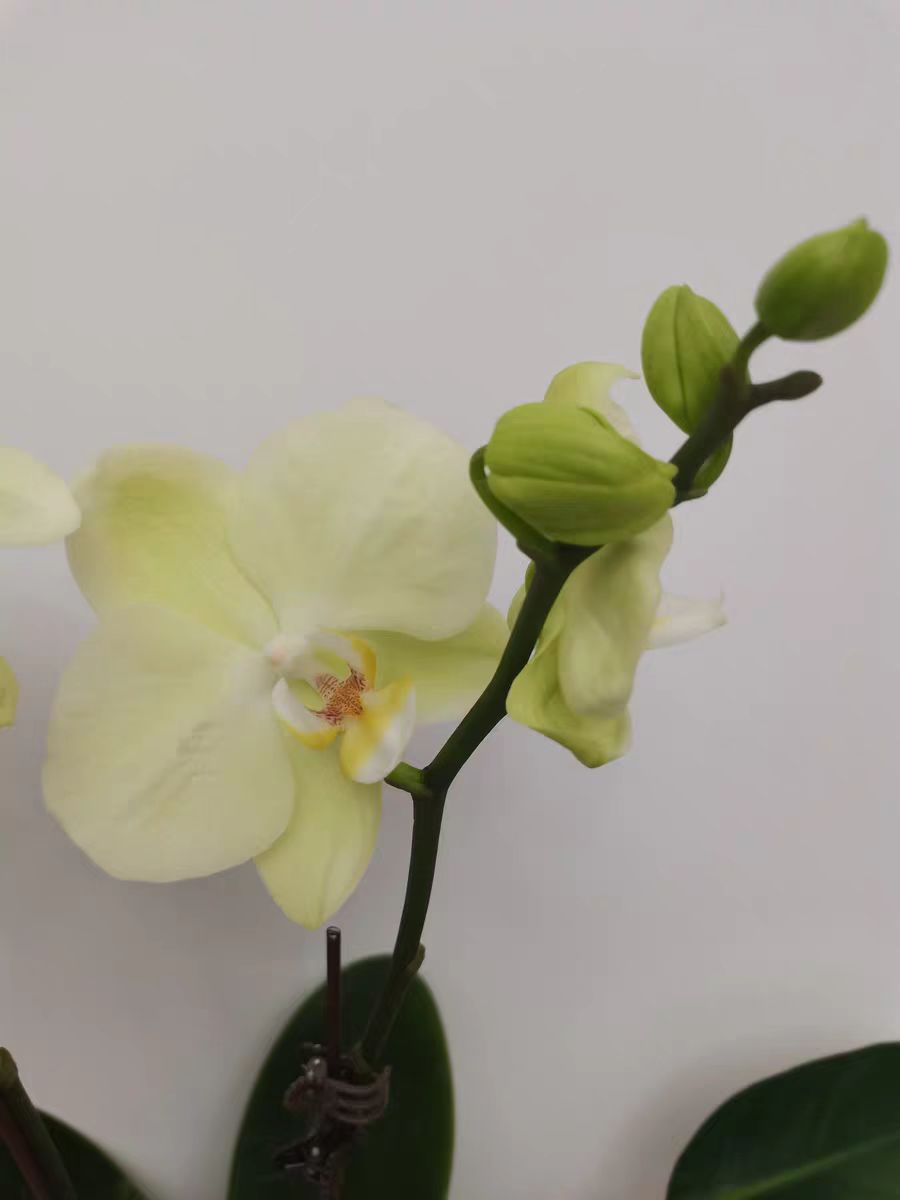Sinningia speciosa, as a flower with extremely high ornamental value, is deeply loved by flower enthusiasts. However, the flowering frequency of Sinningia speciosa may not be as high as that of some multi - season - flowering plants. Sinningia speciosa blooms only once a year, and its flowering period is mainly concentrated in spring. Especially, it begins to bloom around April, and then enters its full - bloom period in summer, showing its most gorgeous appearance. After the flowers wither, we need to wait patiently until the next spring to enjoy the blooming of Sinningia speciosa again.
Sinningia speciosa likes to grow in loose, breathable soil rich in humus. Therefore, when choosing a substrate, heavy - textured soil should be avoided, and slightly acidic soil mixed with perlite, river sand, and leaf - mold soil should be used instead. Such a soil environment is beneficial to the healthy growth of the roots of Sinningia speciosa and can avoid the problem of root rot caused by waterlogging.
Sinningia speciosa is a semi - sun - loving plant. It requires a certain amount of light for photosynthesis, but is also afraid of direct sunlight. In winter when the sunlight is weak, it should be ensured that Sinningia speciosa can get sufficient light; while in summer when the sunlight is strong, it should be placed in a semi - shaded place to avoid the leaves from being sunburned. At the same time, it should also be appropriately shaded during the flowering period to prolong the ornamental period of the flowers.
Sinningia speciosa likes a humid environment, but the principle of "watering when the soil is dry and stopping when it is wet" should be mastered when watering to avoid root rot caused by over - wet potting soil. In summer with a high temperature, due to a large amount of evaporation, the amount of watering should be appropriately increased, watering 1 - 2 times a day, and the air humidity can be increased by spraying water. However, it should be noted that water should not be sprayed directly onto the flowers and leaves to avoid rotting. In winter, the number of waterings should be reduced and the potting soil should be kept slightly dry.
The suitable growth temperature of Sinningia speciosa is 10 - 25℃, and the temperature needs to be adjusted accordingly in different seasons. In summer with high temperature, shading and cooling work should be done well; while in winter, attention should be paid to keeping warm, and the room temperature should be maintained above 7 - 10℃ to prevent the plants from being damaged by freezing. Appropriate temperature control is beneficial to the normal growth and flowering of Sinningia speciosa.
Sinningia speciosa likes fertilizers but is afraid of strong fertilizers. During the growth season, a thin compound fertilizer of nitrogen, phosphorus and potassium can be applied once every about 10 days to promote the growth and flowering of the plants. After the flower buds are formed, more phosphorus fertilizer should be applied to promote large and colorful flowers. However, it should be noted that when fertilizing, fertilizers should not directly contact the leaves and flowers to avoid fertilizer damage.
Precautions for Cultivating Sinningia speciosa
Avoid Water on Leaves: There are fine hairs on the leaves and flowers of Sinningia speciosa. Once they get wet with water droplets, they are prone to rotting. Therefore, when watering, the immersion method or slow watering along the edge of the pot should be adopted to avoid spraying water directly onto the leaves and flowers.
Regular Pot - Changing: As Sinningia speciosa grows, its roots will gradually become developed and occupy the entire flowerpot. In order to promote the continuous growth and flowering of the plants, the pot - changing work should be carried out every spring, using a larger flowerpot and fresher soil substrate.
Timely Pruning: During the growth period, withered leaves and spent flowers should be pruned in a timely manner to maintain the beautiful appearance of the plant and good ventilation and light transmission. At the same time, roots can also be pruned as needed when changing the pot to promote the growth of new roots.
Pest and Disease Control: Sinningia speciosa may be affected by leaf blight, root rot, aphids, red spiders and other pests and diseases during the cultivation process. Therefore, it is necessary to regularly check the growth status of the plants and take corresponding control measures to ensure their healthy growth.
From the above introduction, we can see that although Sinningia speciosa blooms only once a year, its ornamental value is extremely high and its maintenance is not complicated. As long as you master the correct cultivation methods and precautions, you can let Sinningia speciosa bloom beautiful flowers in your home.
How Many Times Does Sinningia speciosa Bloom in a Year?

Share with
Tagged in :




Leave a Reply